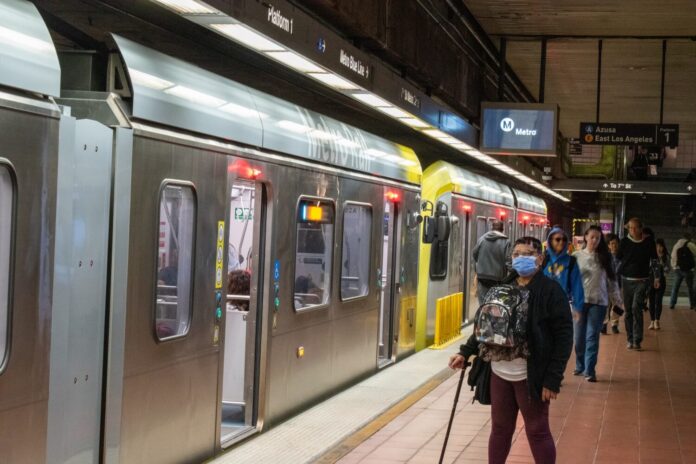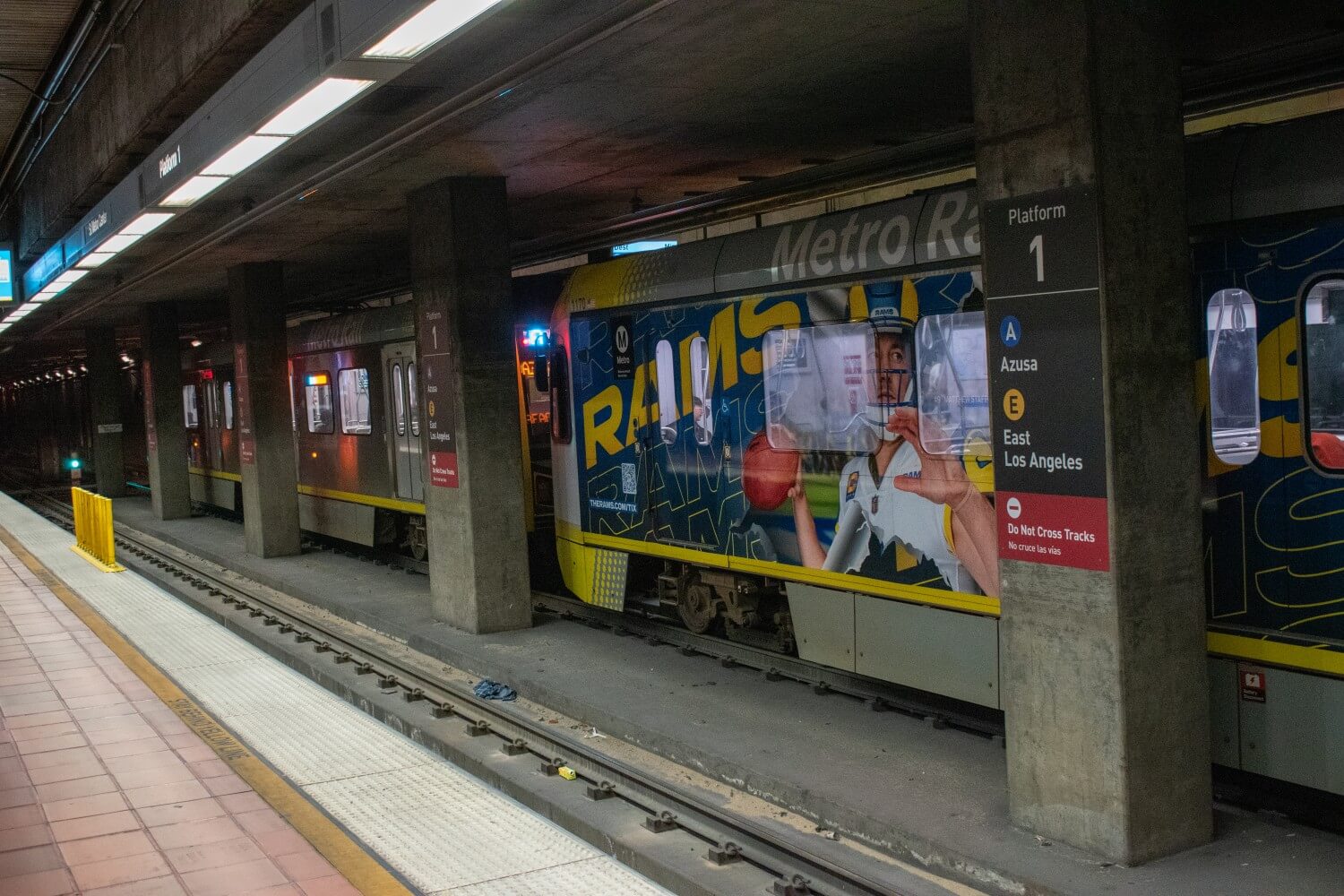
The Regional Connector Project was completed June 16, 2023, bringing together the L (Gold), A (Blue), E (Expo), B (Red) and D (Purple) lines at the 7th Street/Metro Center Station. The project connected the L and A lines to the 7th Street/Metro Center Station, adding 1.9 miles of track and creating three new stations in Downtown LA: the Little Tokyo/Arts District Station, Historic Broadway Station and Grand Avenue Arts/Bunker Hill Station. Passengers can travel from Azusa to Long Beach, or from East LA to Santa Monica, on one train. The project made the A line the longest light-rail line in the world.
According to Metro LA, the project has been in the works since 2013 and cost $1.8 billion. It was intended to decrease travel time and connect Angelenos to various cultural and community centers around the city. The Regional Connector Project took 7.7 million hours of construction and was created with the input of over 180 community members.
Kathleen Gallegos, founder and director of Avenue 50 Studio and longtime Northeast LA resident, agrees that the rail line expansion not only connects people to other parts around the city, but also with their fellow Angelenos.
“My friend and I were going to Arcadia and this lady tapped me on the shoulder and she said ‘You two look so similar, are you sisters?’ And I knew she was lonely and I said ‘Oh, she wants to talk’ and so we talked to her for a bit, and that’s happened a couple of times,” Gallegos said.
Gallegos said that fostering these new connections is what makes riding the metro an enjoyable experience. Gallegos also said that the Regional Connector Project helps to combat gentrification by providing a mode of transportation for those in lower income communities without their own vehicle.
“I think the gentrifiers do not like taking the train,” Gallegos said. “I think it’s been an improvement to the underserved community, and not for the gentrifying community.”
According to Gallegos, public transportation can be an opportunity to support local vendors and artists which can attract community gatherings at larger stations.
“I think people should be able to vend at some of the larger stations. Why don’t they allow musicians to play music during certain hours, bring that community gathering place in a sense,” Gallegos said.
Jamie Tijerina, president of the Highland Park Heritage Trust, was raised in Highland Park and Lincoln Heights and said that public transportation makes navigating the city of LA much more accessible.
“The fact that we’re living in Los Angeles without a car is not easy. It’s not impossible, but we have to be honest with ourselves, it’s not easy,” Tijerina said. “Expanding public transit is always a good thing.”

Growing up, Tijerina said that she, much like many other kids, often relied on the train to take her where she needed to go.
“At that time, I would have to take public transit by myself as a kid a lot, and that was normal for kids to take the public transportation, because I know right now I always see kids on the buses,” Tijerina said.
According to Tijerina, public transportation will always be a great option to foster youth development and opportunity growth.
“There’s a lot of people getting displaced and there’s a lot of factors that are coming through it, and putting [in] public transit isn’t going to displace people, it’s going to create more opportunities,” Tijerina said. “If you have to live further outside of Los Angeles City and into other cities within the county, that gives you more options if you have to work here and live further out.”
Conversely, anti-gentrification activist and community organizer Mando Medina said he believes that while the A Line succeeds at giving people more opportunities to travel around LA, it has been enabling the gentrification of the surrounding community. He said these are primarily Latino communities, and he sees the A-Line as a way for businesses to price out the current residents in order to capitalize off the increase of people that are taking the train.
However, Tijerina said there are many new jobs being created in the service sector because of the A Line’s growth and that this benefits the communities that the line runs through.
“Having more public transit options and having them go further and be more comprehensive in terms of what they cover, in terms of how much area they cover and where they’ll take you, that’s always going to be a good thing for the community,” Tijerina said.
Contact Karen Palacios Echeverria at palacioseche@oxy.edu
This article was updated April 14 at 5:39 p.m. to clarify that Tijerina said the final quote.
![]()


































